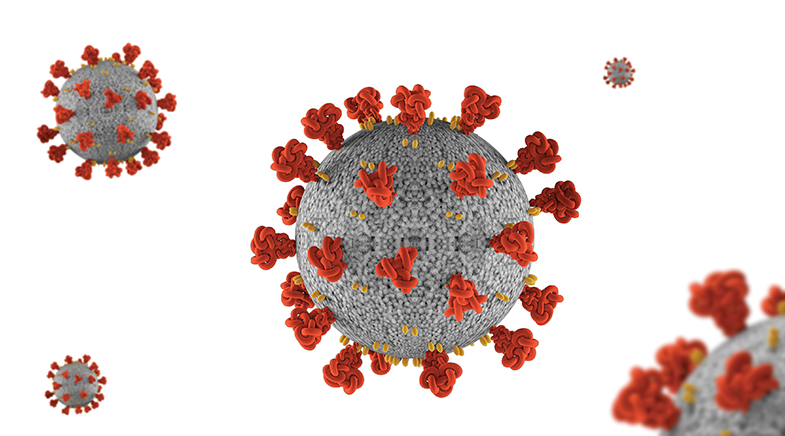The risk of recombination
-
- from Shaastra :: vol 01 issue 06 :: Nov - Dec 2022

Recombination mutation is on the rise in the SARS-CoV-2 virus. In the future, will the virus be leaner — or plain meaner?
It's a first in the time of COVID-19: recombinants are coming up in large numbers, causing concern. In a yet-to-be-published research, a team led by Shashank Tripathi of the Indian Institute of Science, Bengaluru, has looked at the role of recombination in the evolution of the SARS-CoV-2 virus. They report that after the emergence of the Omicron variant, the rate of recombination has risen.
Before Omicron — from March 2020 to the end of 2021 — there were only three recombinant strains circulating in humans. Now there are 37.
Since its first appearance in late 2019, the SARS-CoV-2 virus has changed form and evolved into several variants. The variants are usually associated with higher virulence or greater immune evasion. Currently, a sub-variant of Omicron, named XBB, is the dominant variant in India and has acquired traits that make it highly immune evasive.
Variants emerge from mutations in the RNA of the virus. In viruses, RNA is the molecule which stores the basic blueprint of how the virus will live out its life. The RNA is a long string made up of repeat sequences of four nucleobases: adenine, guanine, cytosine and uracil. They are the basic building blocks of any RNA molecule and they appear in a specific order in any given organism. Virologists study the changes in the sequence, or order, of the bases to understand the evolutionary trajectory of a virus. These changes in the bases eventually cause the virus to behave differently.
PAST ISSUES - Free to Read


Have a
story idea?
Tell us.
Do you have a recent research paper or an idea for a science/technology-themed article that you'd like to tell us about?
GET IN TOUCH














